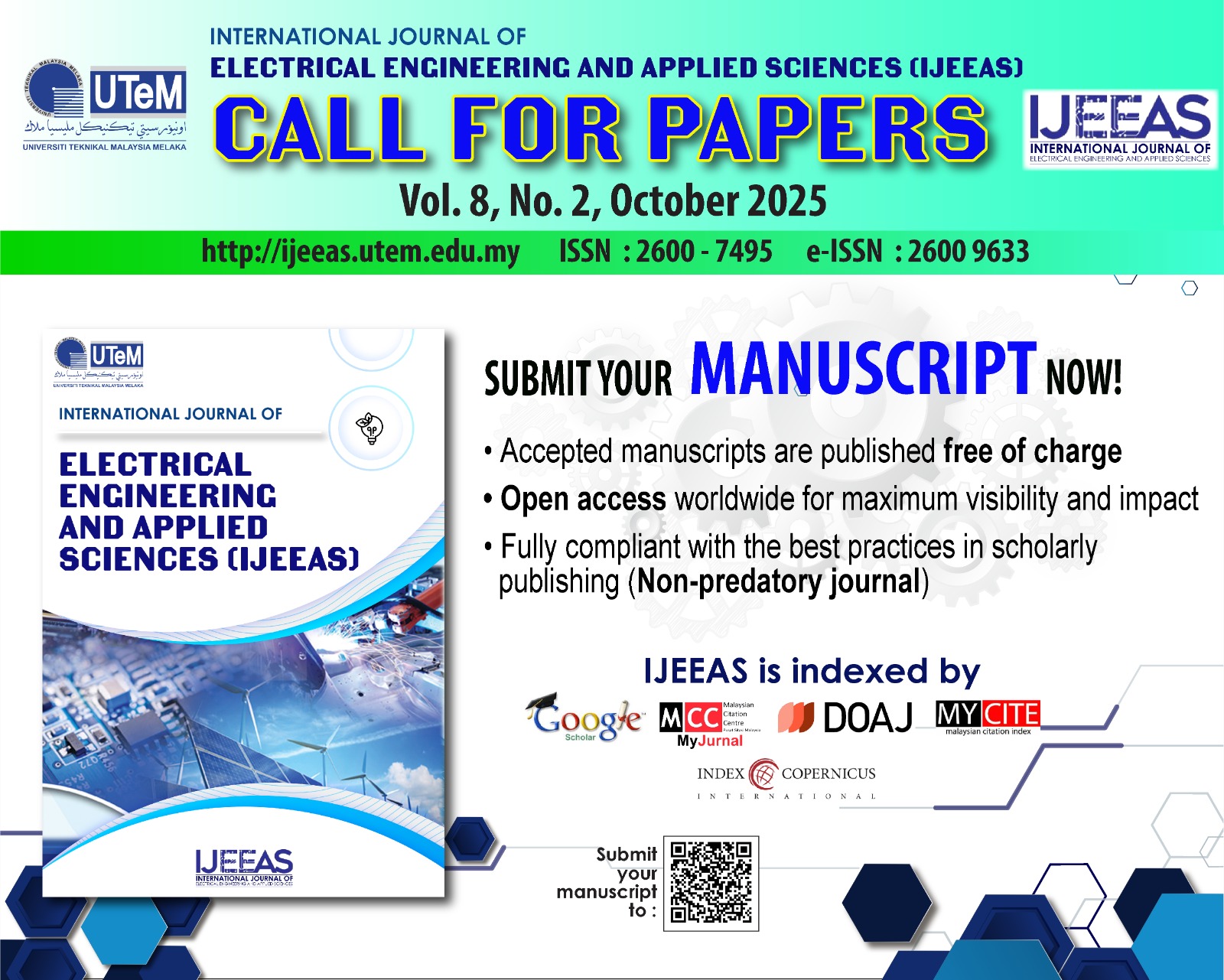Design Implementation & Optimization of A Motorized Maximum Power Point Tracking System
DOI:
https://doi.org/10.54554/ijeeas.2025.8.01.008Abstract
One of the most important renewable energy sources is solar power and its emergence has revolutionized how we retrieve, store, distribute, and consume electrical power. However, tracking mechanisms have not been entirely effective in the past towards maximizing energy storage from solar energy. This project seeks to design, implement, and optimize a Motorized Maximum Power Point Tracking (MPPT) solar system to improve the efficiency of renewable energy generation. The project involved using a smart algorithm to drive a solar panel connected to light dependent resistors (LDRs) linked to a suitable power source. An Arduino microcontroller and other components were added to the MPPT system to guide its movements towards the sun’s most intense ray region. A static solar panel was also designed to perform comparison of solar harvest between stationery and movable panels For 10 days each across sunny, partially cloudy, and cloudy weather, both systems were deployed to observe which solar panel would receive and generate more energy overall. The comparisons showed that the motorized MPPT system was more efficient in retrieving energy, with its setup getting as much as 16% more power across conditions deployed in different weather settings. The MPPT system’s superior energy-capturing ability makes it a suitable option for implementation. Results obtained showed that the MPPT solar tracker is a financially feasible option in the long term and should be scaled to meet commercial needs for sustainable energy options.
Downloads
Downloads
Published
How to Cite
Issue
Section
License
Authors who publish with this journal agree to the following terms:
- Authors retain copyright and grant the journal right of first publication with the work simultaneously licensed under a Creative Commons Attribution License that allows others to share the work with an acknowledgement of the work's authorship and initial publication in this journal.
- Authors are able to enter into separate, additional contractual arrangements for the non-exclusive distribution of the journal's published version of the work (e.g., post it to an institutional repository or publish it in a book), with an acknowledgement of its initial publication in this journal.
- Authors are permitted and encouraged to post their work online (e.g., in institutional repositories or on their website) prior to and during the submission process, as it can lead to productive exchanges, as well as earlier and greater citation of published work (See The Effect of Open Access).







